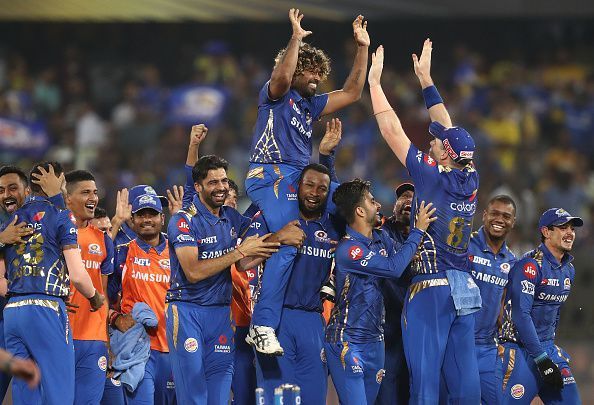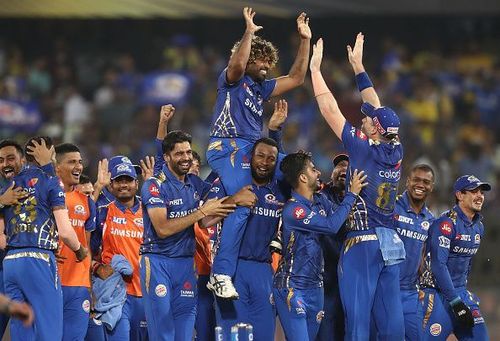
IPL Auction 2020: Explaining how the process works

On the 19th of December, 2019, the eight franchises in the Indian Premier League will convene in Kolkata to engage in another instalment of the IPL Auction.
Unlike the mega-auction a few years ago, the current one will see teams looking for reinforcements rather than building an entire squad from scratch. Over the past couple of weeks, the teams have been burning the midnight oil in their bid to figure out the players that didn’t fit their plans. Subsequently, those sides let go of those cricketers, meaning that they re-entered the auction pool.
Through the IPL Trade Window, a total of 71 players were released by the franchisees whereas 127 cricketers were retained. Consequently, the sides have been left with different amounts of money to spend on the players up for auction on the 19th of December.
How much money can each team spend in the auction?
The Chennai Super Kings have ₹14.60 Cr in their kitty along with 5 player slots while the Delhi Capitals have 11 slots available to fill, apart from their cash reserve of ₹27.85 Cr.
Kolkata Knight Riders, meanwhile, also have 11 slots to fill with an even more hefty purse of ₹35.65 Cr. Kings XI Punjab though, is the team that would enter the auction as the wealthiest, boasting of a purse worth ₹42.70 Cr, needing to fill just 9 spots.
Elsewhere, the Mumbai Indians only have ₹13.05 Cr to spend for 7 slots whereas the Sunrisers Hyderabad also have a similar number of spaces left, albeit with a slightly better budget at ₹17.00 Cr.
Royal Challengers Bangalore and Rajasthan Royals seem primed to be the busiest at the auction, considering they have to procure the services of 12 and 11 players respectively to exhaust their quota. While RCB have ₹27.90 Cr for purchases, RR have ₹28.90 Cr.
The players set to go under the hammer would be classified into groups based on their cricketing characteristics, namely as batsmen, bowlers, all-rounders and wicket-keepers.
Thereafter, each team would try to outbid the others as they hope to acquire the players of their choice. A major change since 2014 though, has been the introduction of an auction for uncapped Indian players. Earlier, that shuffling happened on the basis of a draft system, which led to some questioning the distribution of the cricketers.
However, 2014 onwards, those players have also been put up for auction with each team capable of launching a bid for the aforementioned stars. In the process, several uncapped players have received enormous sums of money, with the latest example being that of Prabhsimran Singh in 2019 when the wicket-keeper was procured by the Kings XI Punjab.
There is also another scenario that could play out at the auction. On a few occasions, teams aren’t very inclined to put too many eggs in one basket, meaning that they might pass up on a player initially as they hope to tie things up financially.
However, the format does give them an option to bring those cricketers back into the fold, after all the players have gone under the hammer once. The ploy works at times with an example being Yuvraj Singh getting snapped up by the Mumbai Indians in such fashion last time round.
Thus, there are plenty of aspects to look forward to, come the auction, as several layers of intrigue are added courtesy the myriad trajectories the event could traverse.